Why you need a proper diagnosis
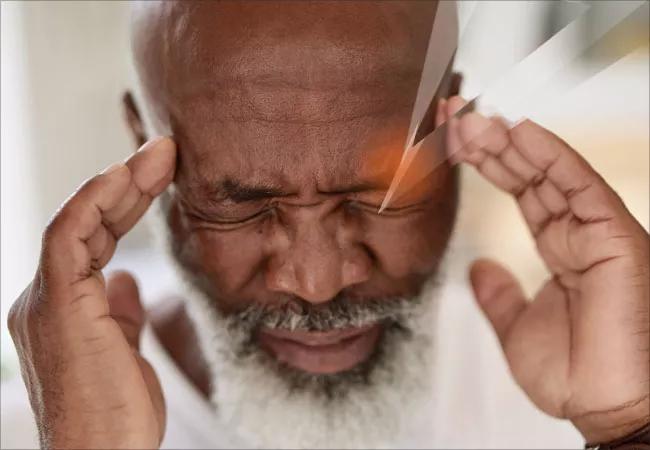
A headache that feels like stabbing around your eye or temple, or zigzagging from side to side. Sometimes, it’s called an “ice pick headache,” and you know why.
Advertisement
Cleveland Clinic is a non-profit academic medical center. Advertising on our site helps support our mission. We do not endorse non-Cleveland Clinic products or services. Policy
Then, just as quickly, the headache disappears — until later that day, or maybe tomorrow.
“Patients will say, ‘The headaches are so sharp (and they keep reoccurring). I’m worried,’” says headache specialist Emad Estemalik, MD.
But, surprisingly, there’s generally little cause for alarm, he says.
Here’s what you should know about stabbing (or ice pick) headaches:
“The vast majority of primary stabbing headaches are benign and will go away in a few weeks or a couple of months,” Dr. Estemalik says.
But don’t try to diagnose them yourself, he cautions.
See your doctor to make sure that what you are experiencing is, in fact, a harmless stabbing headache.
After a clinical assessment, your doctor will decide whether you need more testing. They may recommend an MRI or MRA, a type of imaging that can take a closer look at blood vessels.
Specifically, your doctor will want to rule out a couple of rare disorders:
These disorders cause a few seconds of severe head pain on one side of the head with teary eyes and runny nose.
Advertisement
Patients tell Dr. Estemalik they have no idea what triggers their stabbing headaches, and they’re not the only ones. Researchers aren’t sure what causes them either.
Patients describe all sorts of scenarios when recounting when these headaches hit. Maybe it’s in the morning, but sometimes it’s at night. They may feel relaxed or stressed, hungry or full. It may happen during exercise, or while they’re lying in bed.
What we do know is that those who get migraine headaches are more likely to get stabbing headaches as well. They often occur in the same location as the migraines. Also, they’re uncommon in children and teens.
Stabbing headaches typically disappear spontaneously in a few weeks to a couple months, Dr. Estemalik says. But, in the meantime, your pain may be over the top. And it may cause you extra anxiety or stress as you anticipate the next jab.
A nonsteroidal, anti-inflammatory drug known as indomethacin can ease the pain. But, like many drugs, it comes with side effects, including nausea and other stomach discomforts.
Dr. Estemalik says he typically prescribes the drug for a short term. By then, the stabbing headaches usually have run their course.
He sees many patients who are dealing with stabbing headaches, so don’t think you are alone. And, while most are harmless, you shouldn’t just assume that yours is.
“With any new onset of stabbing headaches, you need to see your doctor,” he says.
Advertisement
Learn more about our editorial process.
Advertisement
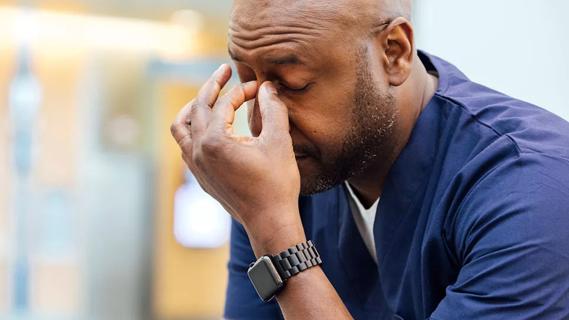
Many factors, like dehydration, a cold or even your medication, can result in these common symptoms

Behind your eye, on one side of your face or as a band around your head — headaches are no fun
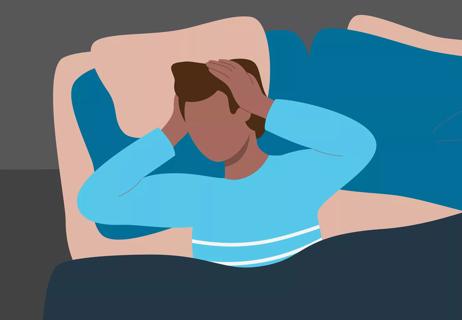
Yes, especially if you get migraines — but medicine can help

If it isn’t a hangover or teeth grinding, your aching head might be a sign of a sleep disorder
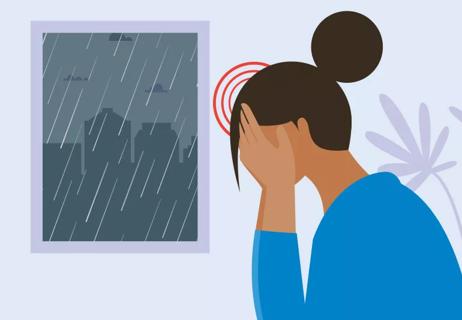
The effect is very real for some people

Bad habits that lead to headaches and how to overcome them
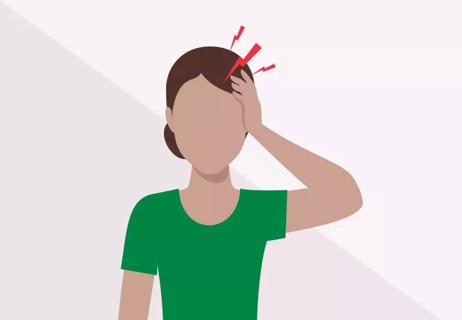
The full answer from a headache specialist
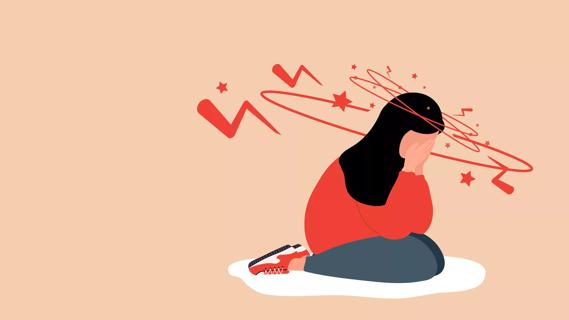
Severe and debilitating headaches can affect the quality of your child’s life

Type 2 diabetes isn’t inevitable with these dietary changes

Applying a hot or cold compress can help with pain